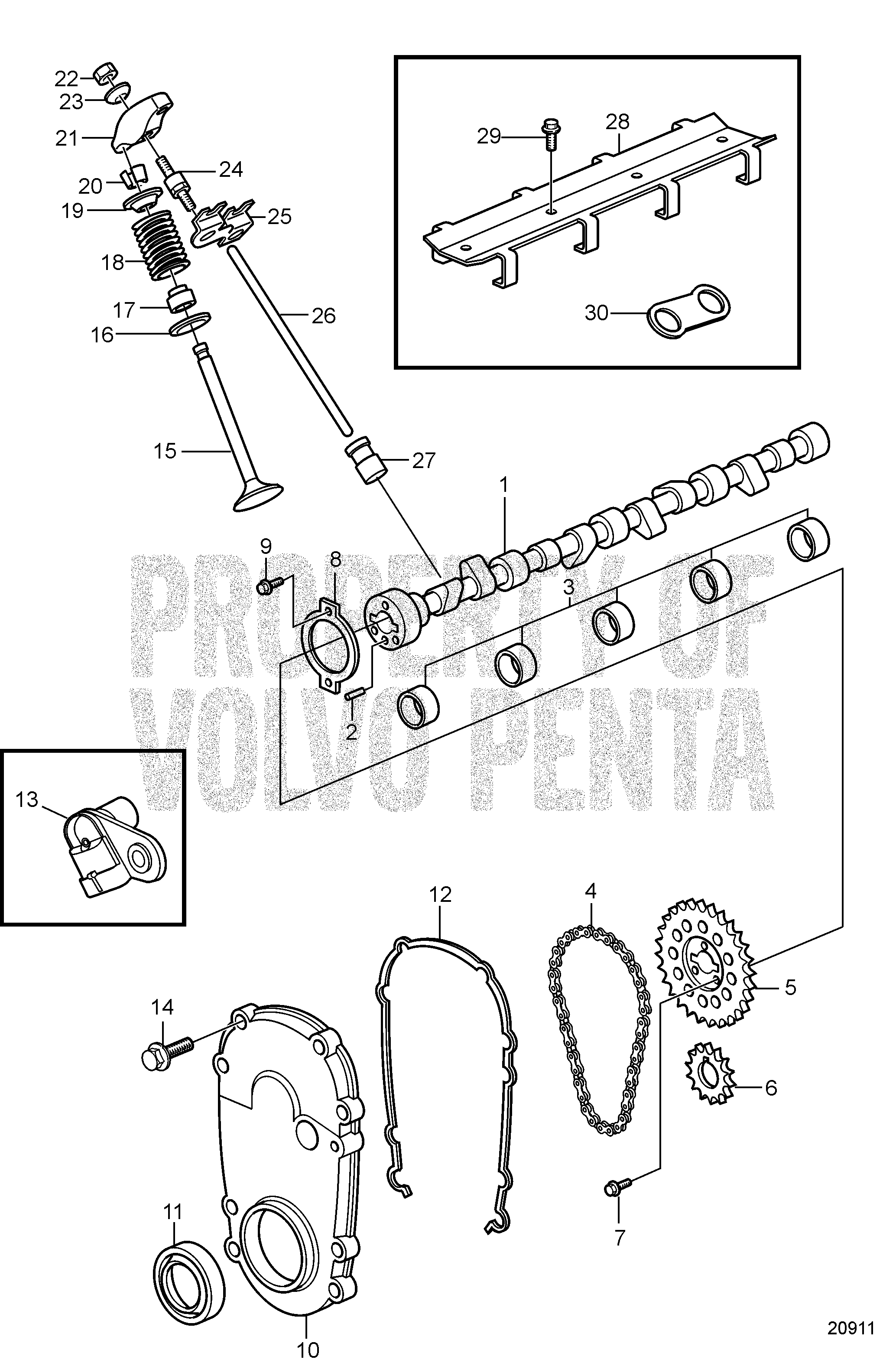
Marine Steam Boilers J H Milton Pdf Download
There have been a vast number of designs of steam boiler, particularly towards the end of the. Belleville boiler: an early marine water-tube boiler developed in France by Julien Belleville. Benson boiler: a. Milton, Marine Steam Boilers, pp. Kennedy, Modern Engines, Vol V. Kendrick lamar section 80 download zippyshar. (1961) [1953].
Sectional diagram of a 'wet back' boiler The general layout is that of a squat horizontal cylinder. One or more large cylindrical furnaces are in the lower part of the boiler shell. Above this is a large number of small-diameter. Gases and smoke from the furnace pass to the back of the boiler, then return through the small tubes and up and out of the chimney. The ends of these multiple tubes are capped by a, outside the boiler shell. The Scotch boiler is a, in that hot pass through tubes set within a tank of water.
As such, it is a descendant of the earlier, and like the Lancashire it uses multiple separate furnaces to give greater heating area for a given furnace capacity. It differs from the Lancashire in two aspects: a large number of small-diameter tubes (typically 3 or 4 inches (76 or 102 mm) diameter each) are used to increase the ratio of heating area to cross-section.
Secondly, the overall length of the boiler is halved by folding the gas path back on itself. Rear face of the boiler of steam tug, showing the stays supporting the combustion chambers The far end of the furnace is an enclosed box called the combustion chamber which extends upwards to link up with the firetubes. The front wall of the combustion chamber is supported against steam pressure by the tubes themselves. The rear face is by rod stays through the rear shell of the boiler. Above the combustion chamber and tubes is an open steam collecting space. Larger long rod stays run the length of the boiler through this space, supporting the ends of the boiler shell.
With multiple furnaces, there is a separate combustion chamber for each furnace. A few small boilers did connect them into one chamber, but this design is weaker. A more serious problem is the risk of reversing the draught, where exhaust from one furnace could blow back and out of the adjacent one, injuring the stokers working in front of it.
'Wilberforce' boiler in section The first recorded boiler of comparable form was used in a railway locomotive, 's 'Wilberforce' class of 1830. This had a long cylindrical boiler shell similar to his earlier ', but with the return flue replaced by a number of small firetubes, as had been demonstrated so effectively by Stephenson with his ' a year earlier. The novel feature of an entirely internal combustion chamber was used.
Unlike the later Scotch boiler though, this was self-supported by its own stays, rather than using stays through the walls of the boiler shell. This allowed the entire assembly of outer tubeplate, furnace tube, combustion chamber and firetubes to all be removed from the boiler shell as one unit, simplifying manufacture and maintenance. Although a valuable feature, this became impractical for larger diameter chambers that would require the support of the shell. Variants [ ] Number of furnaces [ ] Typical practice for ships was to have two furnaces in each boiler. Cambridge silicon radio bluetooth driver windows 7 x64 iso 10. Smaller boilers might only have one, larger boilers commonly had three. The limitation in boiler size was the amount of work each stoker could do, firing one furnace per man.